Bengaluru: One half of the 2019 Nobel Prize for Physics honoured the discovery of a planet going around another sun, that is, an exoplanet.
Scientists set out to find planets around other stars in a quest for a second Earth — a planet with the potential to host life.
Since the first exoplanet discovery in the 1990s, scientists have found a plethora of worlds around different stars in the Milky Way, the galaxy that hosts the solar system. According to the NASA Exoplanets website, over 4,000 exoplanets have been discovered to date.
Some of these exoplanets border on the extreme and their discovery defied what was thought possible for planets. There is one, for example, that is being consumed by its own star.
Another has rings that span wider than the distance between the Earth and the Sun. There are three bathed in extreme radiation while yet another is blacker than coal.
ThePrint delves into some of the truly bizarre planets that exist in the Milky Way. Curious readers can peruse the Exoplanet Catalog for more.
Also Read: New 3D map shows Milky Way isn’t shaped like pancake but a warped wave
Wasp-12b — a planet that’s being eaten by its star
Imagine a planet twice the size of Jupiter — the largest planet of the solar system, 11 times Earth’s size — placed very close to its star.
At such proximity, the gas giant would be tidally locked to its star, like the Moon is to Earth. It thus shows only one face to the star. The discrepancy in the gravitational attraction on the star-facing side and the eternally dark side makes the planet egg-shaped. Welcome to Wasp-12b.
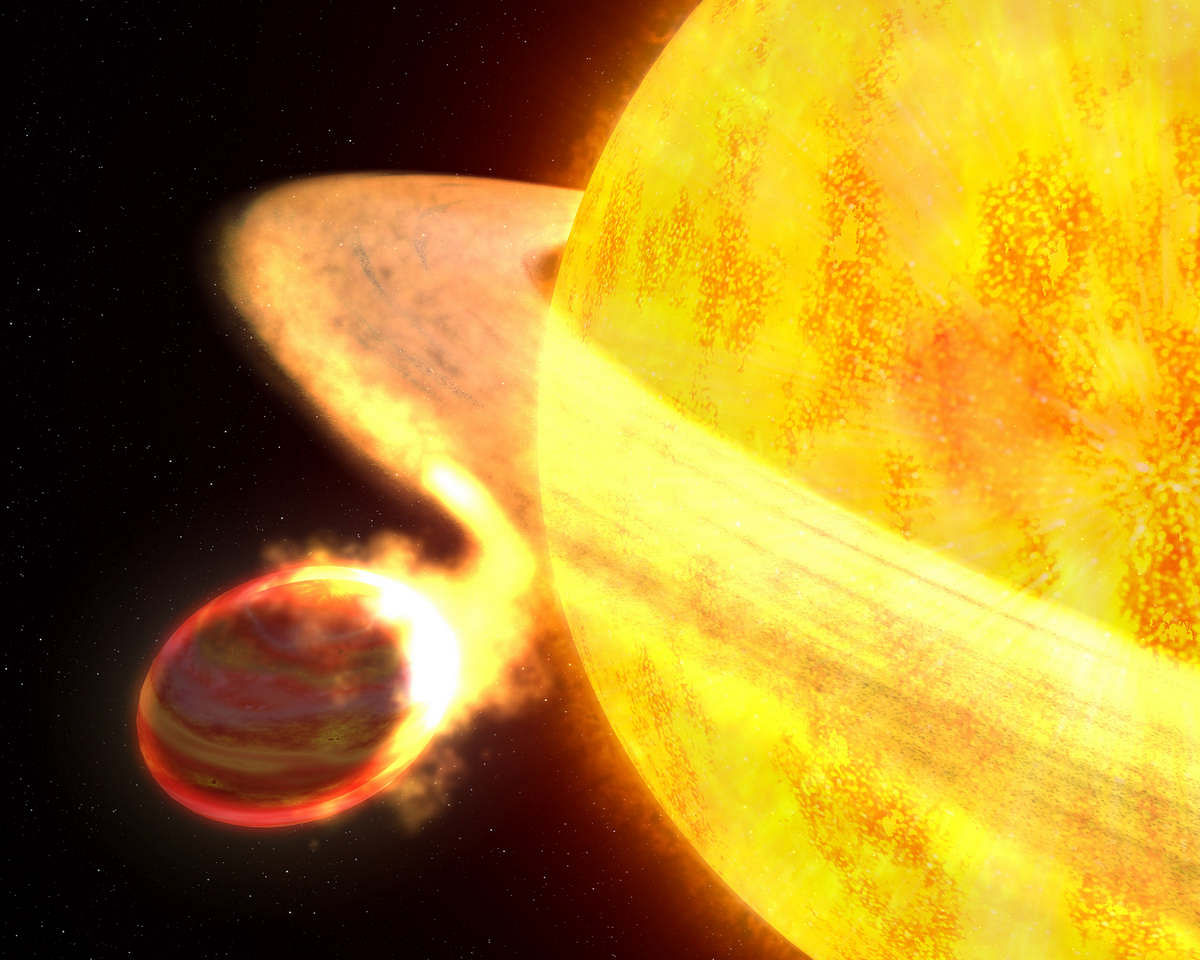
Scientists have found that Wasp-12b is being stripped of its atmosphere by the host star. They estimate that the star will devour the entire planet in a mere (astronomically) 10 million years.
To think that one day the Sun will swell to become a Red Giant and might similarly suck in Earth — which is believed to be a possibility when the Sun enters the final stages of stellar evolution — is quite a picture.
PSR B1257+12 b, c and d — radiation-riddled worlds
The very first exoplanets that scientists spotted, designated PSR B1257+12 b, c and d, were found around a type of star that wasn’t expected to host planets.
When massive stars explode, their core can form Earth-sized dense and compact objects known as neutron stars. Scientists don’t expect planets around giant stars to sustain a stellar explosion and keep orbiting the newly–formed neutron stars, but here were three planets doing just that, around the neutron star PSR B1257+12.
Neutron stars emit a lot of harmful radiation, including X-rays and gamma rays that are severely damaging to life on Earth. Ergo, the three planets going around the neutron star are constantly bathed in radiation.
The planets are considered to be as lifeless as planets can be, much like the ones around the black hole in the Hollywood blockbuster Interstellar should’ve been.
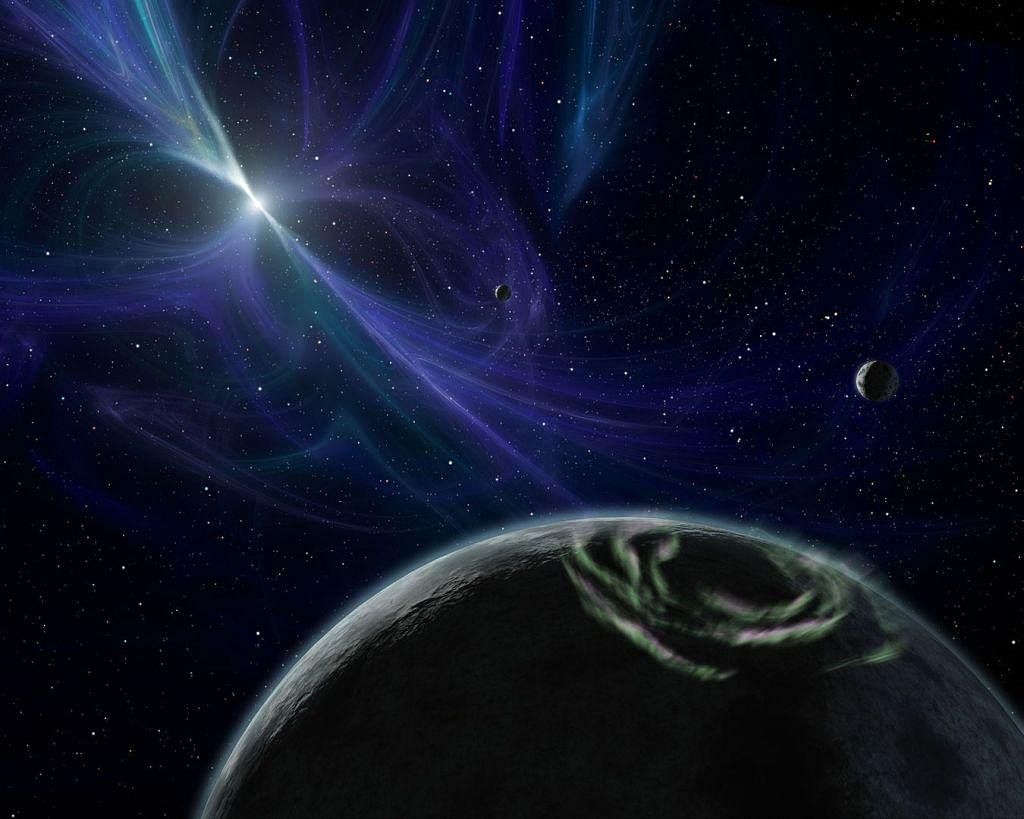
But planets around neutron stars might be a pretty sight from a distance, say from a spacecraft passing by. The radiation from the neutron star can cause dazzling auroras on the planets, much like on Earth and Jupiter.
TrES-2b — a planet darker than coal
TrES-2b is another Jupiter-sized planet very close to its star. ‘Hot Jupiters’ like this are expected to be dark, their clouds reflect very little light. Scientists found TrES-2b to be the record-holder, observed to reflect less than 1 per cent of starlight that comes its way. Even coal is brighter than that.
The planet only shows a faint red glow due to its proximity to its star.
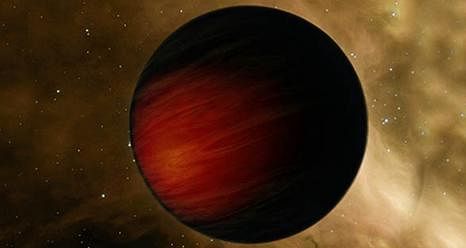
Low reflectivity wasn’t totally unexpected. Scientists use physics and chemistry models to understand what elements the clouds of Hot Jupiters must contain. And sure enough, scientists found TrES-2b to host light-absorbing chemicals like sodium, potassium and titanium oxide.
However, scientists are not convinced that these elements alone suffice to explain the extreme blackness of TrES-2b. It remains an unsolved problem.
Super Saturn — planet with rings 200 times bigger than Saturn’s
Saturn’s rings are among the most beautiful sights in the solar system and an astronomer’s delight. But can exoplanets have rings too? Turns out, they can.
Meet J1407b — an exoplanet 20 times more massive than Saturn, around which scientists have found huge rings. The rings of ‘Super Saturn’ J1407b span 180 million kilometres wide. That’s larger than the Earth-Sun distance (149.6 million kilometres) and 200 times bigger than Saturn’s rings (which are 400,000 kilometres wide).
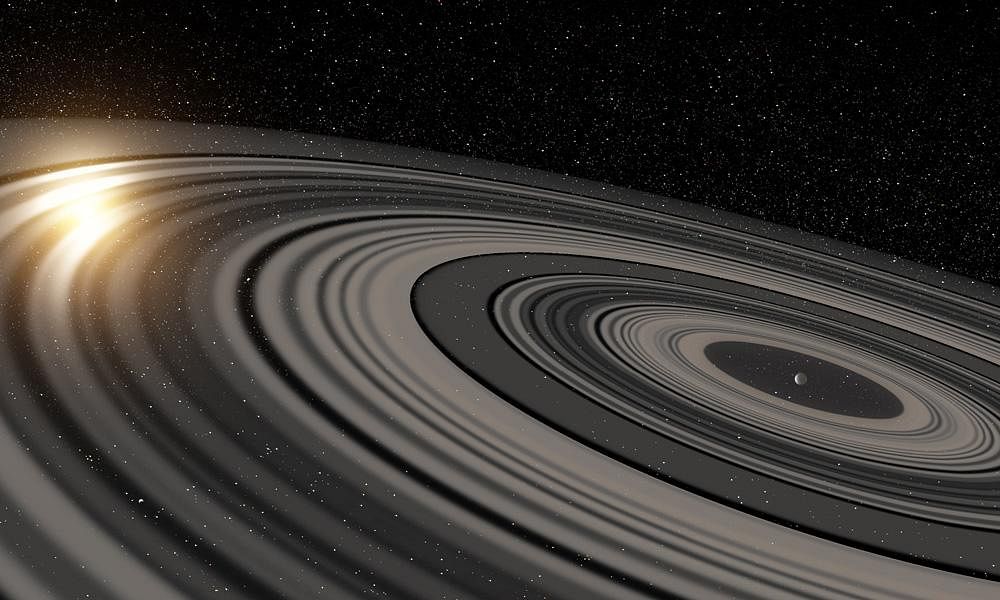
Scientists think Saturn’s rings could disappear in 100 million years as their particles slowly fall onto the planet over time. It’s not known how Super Saturn maintains its massive ring system. Scientists aren’t even sure why the gravity of its star does not disintegrate the rings.
KELT-9b — a planet hotter than most stars in the universe
The exoplanet KELT-9b was another confounding discovery. The Jupiter-like planet orbits its star from pole to pole, unlike most planets ever found, which orbit in the same plane as their star. Did something cause this 90-degree tilt in the orbit of KELT-9b? We don’t know.
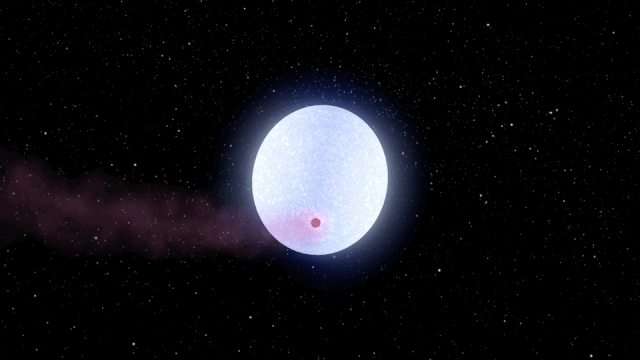
If this wasn’t bizarre enough, scientists found the planet to be quite hot, 4,800 degrees Celsius hot, to be exact. That’s hotter than the surface temperatures of most stars in the universe.
As is clear from these examples, the Milky Way is full of extreme worlds that break the rules, and have forced scientists to alter theories on how planets form.
Which of these extreme worlds is your favourite?
Jatan Mehta is a science writer and former science officer at TeamIndus Moon Mission. He has research experience in astrophysics and is passionate about space advocacy, science communication and open source. His portfolio can be found at jatan.space and Twitter profile is @uncertainquark.
Also Read: NASA telescope finds exoplanet trio that can unravel mysteries of planet formation


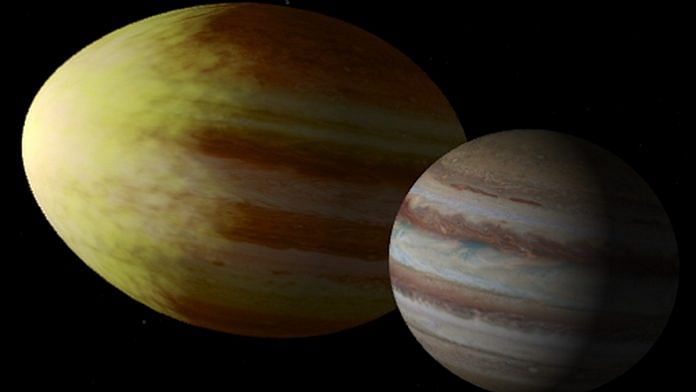

4000 and counting, exoplanets were hidden in plain sight. Bizarre physical composition proves evolution is as rife in the outer space as it is on the Blue planet. Now let’s wait for evidence of bizarre life forms.